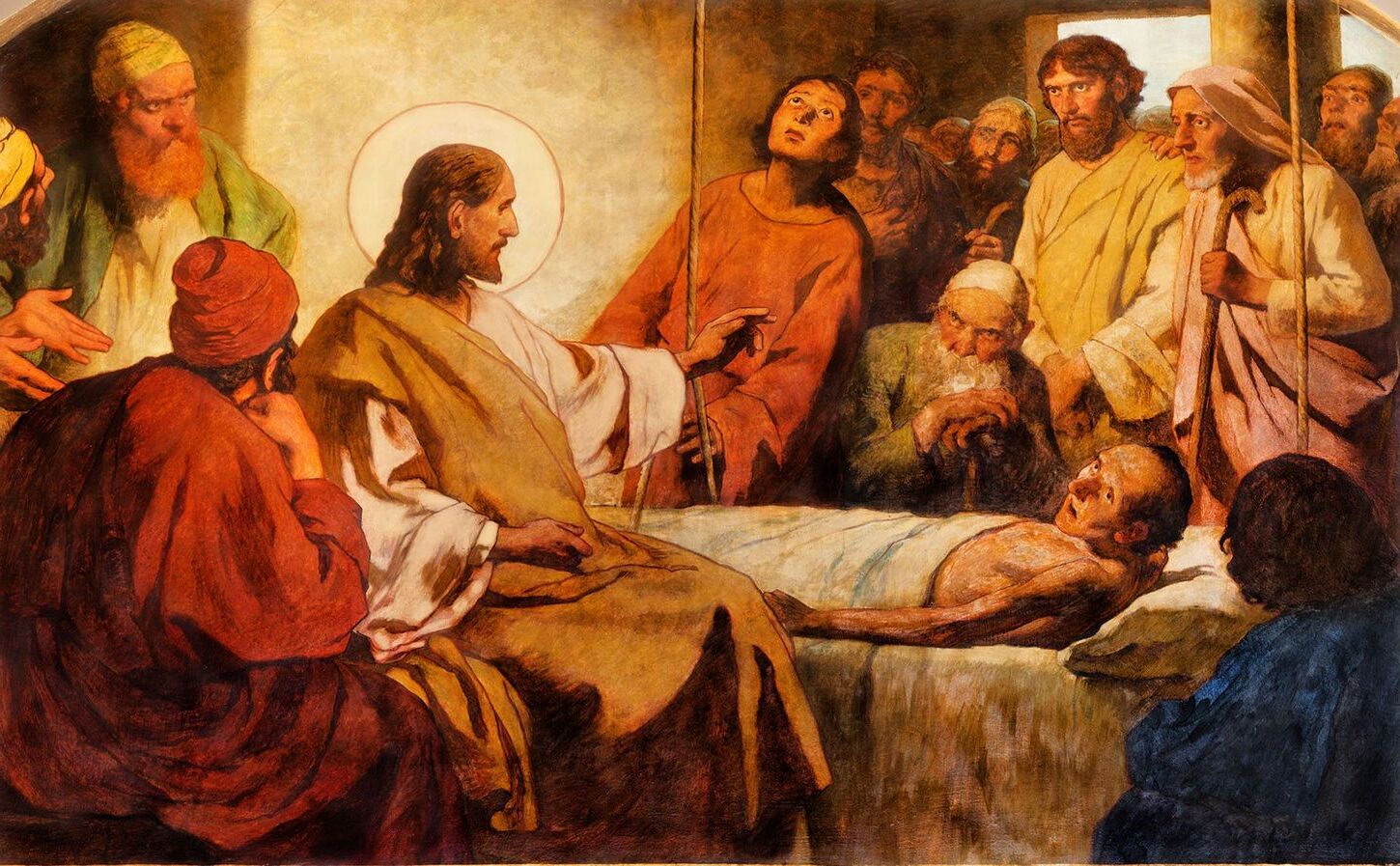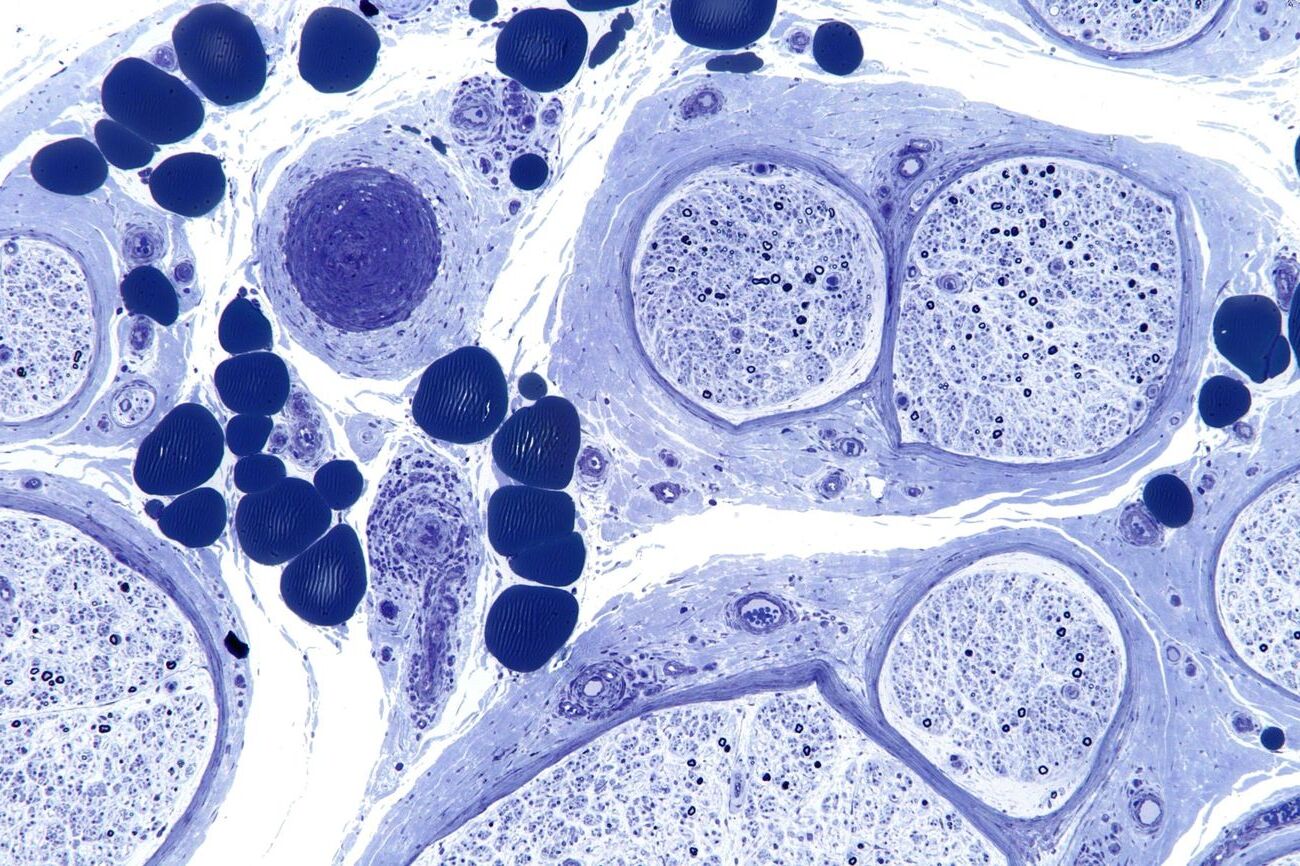
What is anointing, and why has it been significant across various cultures and religions for centuries? Anointing, the act of applying oil or other substances to the body or objects, holds deep spiritual, medicinal, and ceremonial importance. From ancient Egypt to modern Christianity, this practice has symbolized purification, healing, and divine favor. Kings were anointed to signify divine appointment, while oils with healing properties were used for medicinal purposes. Anointing rituals vary widely, from the consecration of priests in Judaism to the healing sacraments in Christianity. Despite its ancient roots, anointing remains relevant today, continuing to serve as a powerful symbol of spiritual connection and community bonding.
What is Anointing?
Anointing is a practice that spans across various cultures and religions, involving the application of oil or other substances to the body or objects. This act carries deep spiritual, medicinal, and ceremonial significance.
-
Definition: Anointing is the act of applying oil or other substances to the body or objects for spiritual, medicinal, or ceremonial purposes.
-
Historical Significance: This practice dates back to ancient civilizations like Egypt, Greece, and Rome, where it played a crucial role in rituals and daily life.
Anointing in Religious Contexts
Anointing holds a special place in many religious traditions, symbolizing divine favor, purification, and consecration.
-
Biblical Context: In the Bible, anointing signifies consecration and empowerment. Kings were anointed to mark their divine appointment (1 Samuel 10:1).
-
Christianity: In Christianity, anointing is linked to healing, consecration, and the Holy Spirit. Jesus is described as being anointed by the Holy Spirit (Luke 3:22).
-
Judaism: In Judaism, anointing is part of rituals like circumcision. Kohanim (priests) were anointed to consecrate them for their duties.
Medicinal and Ceremonial Uses
Beyond religious contexts, anointing has been used for medicinal and ceremonial purposes throughout history.
-
Medicinal Uses: Ancient Egyptians used oils rich in antioxidants for skin protection and healing.
-
Ceremonial Practices: Anointing is used in ceremonies to signify transitions, purification, or consecration, such as in Christian traditions where the sick are anointed for healing.
-
Symbolism: It symbolizes purification, healing, and divine favor, often believed to ward off evil spirits or bring good fortune.
Types and Methods of Anointing
Anointing can vary widely in its application and the substances used.
-
Types of Anointing: There are spiritual, medicinal, and ceremonial types, each serving different purposes.
-
Substances Used: While oil is common, perfumes, herbs, and water can also be used depending on the context.
-
Application Methods: Anointing can be done by rubbing, pouring, or sprinkling, tailored to the specific ritual or ceremony.
Cultural Variations and Social Significance
Anointing practices differ across cultures and can signify social status or community bonding.
-
Cultural Variations: In some African cultures, anointing is key in initiation rituals, while in others, it's used for healing and protection.
-
Religious Significance: Many religions see anointing as a way to connect with the divine or invoke divine intervention.
-
Healing Properties: Oils like lavender and peppermint have known healing properties, used in anointing for their therapeutic effects.
-
Rituals and Traditions: Elaborate rituals often accompany anointing, such as the sacrament of anointing the sick in Christianity.
-
Personal Hygiene: In ancient times, oils were used for moisturizing and protecting the skin.
-
Social Status: In ancient Egypt, only pharaohs and high-ranking officials were anointed with expensive oils.
Spiritual and Protective Aspects
Anointing is believed to confer spiritual empowerment and protection.
-
Spiritual Empowerment: Many believe anointing invokes the power of the Holy Spirit or other divine entities.
-
Protection: Used for protection against evil spirits or negative energies, common in many African and indigenous cultures.
-
Transition Rituals: Anointing marks transitions in life, such as weddings, funerals, and initiation ceremonies.
-
Purification: Used for spiritual cleansing, like in some Christian traditions where feet are washed and anointed.
-
Divine Favor: Anointing is believed to bring blessings and protection from God or other deities.
Symbolism and Community Practices
The act of anointing carries deep symbolic meaning and often involves community participation.
-
Symbolic Language: The act of anointing conveys spiritual and cultural meanings beyond the substance used.
-
Community Practices: Anointing often involves multiple individuals in a shared ritualistic experience.
-
Historical Records: Extensive records of anointing practices provide insights into its evolution over time.
Modern Applications and Interfaith Dialogue
Despite its ancient origins, anointing remains relevant today and offers a rich area for interfaith dialogue.
-
Modern Applications: Anointing continues in various contexts, including spiritual healing and ceremonial practices.
-
Interfaith Dialogue: Different religions' unique perspectives on anointing can foster greater understanding and respect.
-
Cultural Exchange: Anointing has been influenced by cultural exchange, such as Christianity adopting it from Jewish traditions.
-
Spiritual Growth: Many use anointing in meditation and prayer to connect with the divine.
-
Ritualistic Behavior: Deeply ingrained in traditions, these behaviors are passed down through generations.
-
Symbolic Colors: Different oil colors can symbolize various meanings, like blue for healing and red for protection.
-
Prayer and Meditation: Often accompanied by prayer and meditation, focusing the mind and invoking desired effects.
-
Community Bonding: Anointing serves as a means of community bonding, bringing people together in shared experiences.
-
Historical Legacy: Anointing has influenced art, literature, and architecture across cultures.
-
Contemporary Relevance: Despite its historical roots, anointing remains practiced in various forms worldwide.
The Enduring Power of Anointing
Anointing has been a powerful practice across various cultures and religions for centuries. From ancient Egypt to modern Christianity, it holds deep spiritual, medicinal, and ceremonial significance. Whether used for healing, purification, or spiritual empowerment, anointing connects people to the divine and each other. Oils and other substances used in anointing often carry symbolic meanings, enhancing the ritual's impact. Despite its ancient roots, anointing remains relevant today, practiced in diverse contexts worldwide. It serves as a testament to humanity's enduring quest for spiritual connection and healing. Anointing rituals bring communities together, fostering a sense of unity and shared purpose. As we continue to explore and understand this practice, its rich history and multifaceted applications remind us of the universal human desire for meaning and transcendence.
Was this page helpful?
Our commitment to delivering trustworthy and engaging content is at the heart of what we do. Each fact on our site is contributed by real users like you, bringing a wealth of diverse insights and information. To ensure the highest standards of accuracy and reliability, our dedicated editors meticulously review each submission. This process guarantees that the facts we share are not only fascinating but also credible. Trust in our commitment to quality and authenticity as you explore and learn with us.


